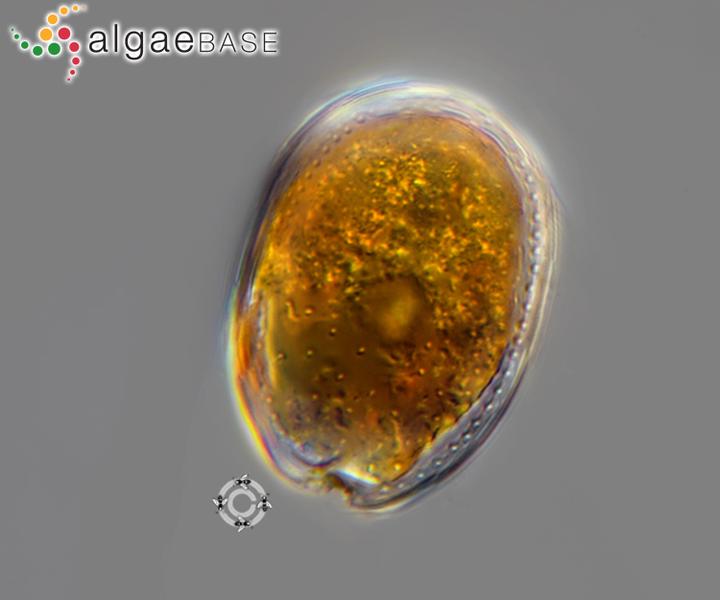Composition and abundance of benthic microalgae from the Estuarine Complex of Paranaguá Bay (southern Brazil) with special emphasis on toxic species
 Image credit: algaebase
Image credit: algaebaseAbstract
This study addressed the occurrence and distribution of benthic microalgae, with emphasis on toxic species, on different substrates (macroalgae, seagrass and sediments) along the outer, euhaline zone of the Estuarine Complex of Paranaguá Bay, southern Brazil, from July 2015 to May 2016. Canonical analysis of principal coordinates (CAP) was used to identify the potential environmental drivers of microphytobenthic assemblage structure. A total of 18 potentially toxic benthic microalgae species were reported, including 7 dinoflagellates, 9 cyanobacteria, one diatom and one euglenophyte. The abundance of all potentially toxic microalgae varied consistently along the investigated period. Dinoflagellates dominated the microalgae assemblage in July and September 2015. Mean densities on macrophytes ranged from 33.6 cells g-1 in May 2016 to 775.6 cells g-1 in September 2015, being positively correlated with dissolved nitrogen-nutrients, water transparency, salinity, and chlorophyll-a. Prorocentrum cf. lima was the most frequent and abundant dinoflagellate. Overall, the highest abundance of toxic species occurred in February 2016, when cyanobacterial mats dominated by Lyngbya cf. aestuarii were observed throughout the estuary associated with periods of heavier rainfall and higher turbidity (shallower Secchi depth). At that time, a selected microphytobenthic extract exhibited acute toxicity on nauplii of the brine shrimp Artemia salina in the laboratory.